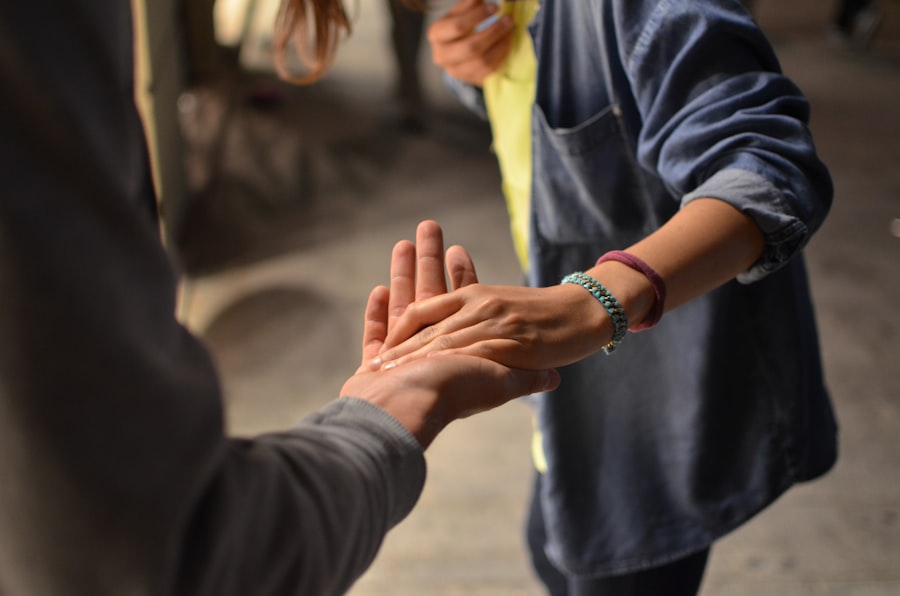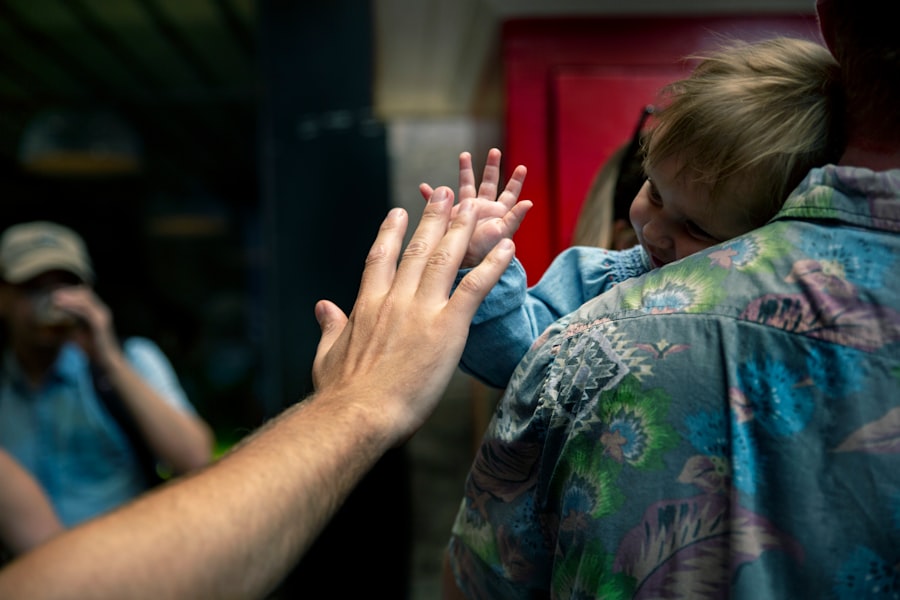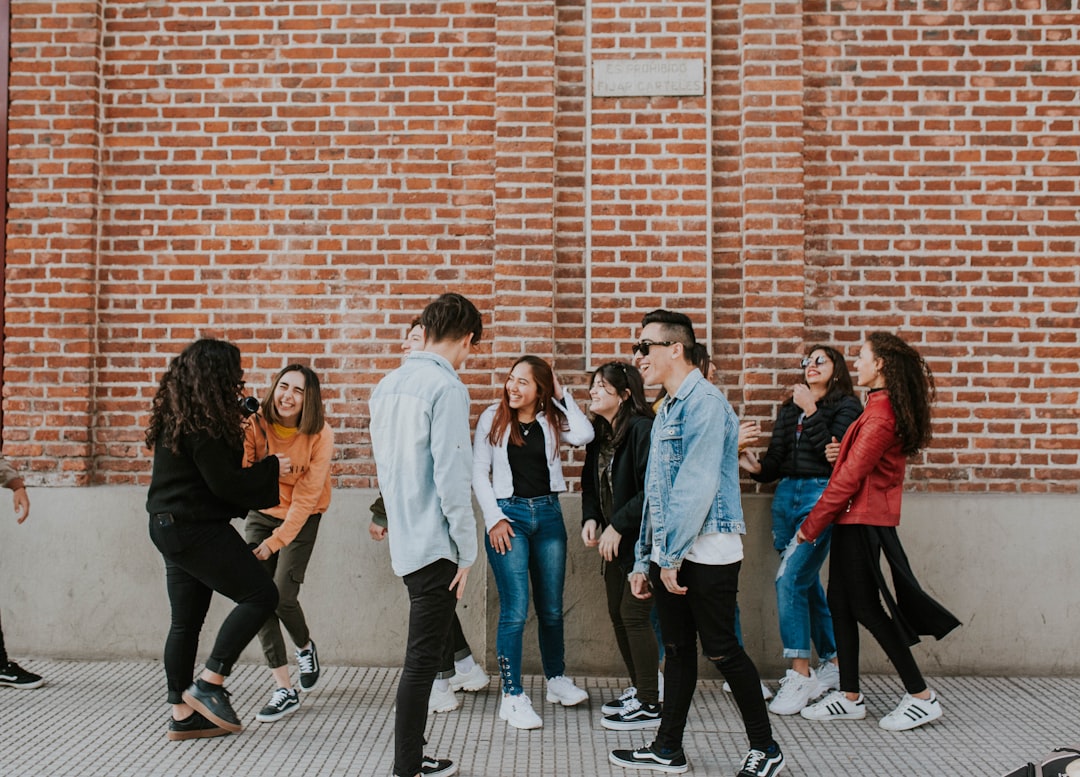In the realm of kaiju storytelling, the towering monsters often steal the spotlight, their colossal forms and destructive power captivating audiences worldwide. However, it is the human characters that provide the emotional core of these narratives. You may find yourself drawn to the struggles, fears, and triumphs of these individuals, as they navigate a world turned upside down by the presence of these titanic creatures.
The human experience serves as a lens through which you can understand the chaos and destruction wrought by kaiju, making the stories resonate on a deeper level. Human characters are essential for grounding the fantastical elements of kaiju tales. They offer relatable perspectives and emotional stakes that allow you to connect with the story.
When a city is under siege by a monstrous force, it is the human characters—be they scientists, soldiers, or everyday citizens—who embody the struggle for survival. Their hopes, dreams, and relationships become intertwined with the fate of their world, creating a narrative that is not just about monsters clashing but about the human spirit in the face of overwhelming odds. This connection is what elevates kaiju stories from mere spectacle to profound explorations of humanity.
Key Takeaways
- Human characters play a crucial role in kaiju storytelling, providing relatable perspectives and emotional connections for the audience.
- Developing complex human characters in kaiju narratives adds depth and richness to the storytelling, elevating the overall quality of the story.
- The emotional conflict between human characters and kaiju in storytelling creates compelling drama and tension for the audience.
- Human characters drive the plot of kaiju stories through their actions, decisions, and interactions with the kaiju creatures.
- Human characters in kaiju narratives often serve as a reflection of societal issues, adding layers of meaning and relevance to the storytelling.
Developing Complex Human Characters in Kaiju Narratives
Emotional Depth and Motivations
For instance, a scientist driven by guilt over past failures may find themselves at a crossroads when faced with a kaiju threat, forcing them to confront their demons while also striving to save humanity.
Interpersonal Dynamics and Relationships
Moreover, the relationships between human characters can add layers to the narrative. You may explore themes of sacrifice, loyalty, and betrayal as characters navigate their connections amidst chaos. A parent trying to protect their child from impending doom can evoke powerful emotions, making you empathize with their plight.
Weaving a Rich Tapestry
By weaving intricate interpersonal dynamics into the fabric of your kaiju story, you create a rich tapestry that enhances the overall experience, allowing audiences to invest emotionally in both the characters and the unfolding events.
At the heart of many kaiju stories lies an emotional conflict that pits human characters against the overwhelming force of the kaiju. This struggle is not merely physical; it is deeply psychological and emotional. You may find yourself grappling with questions of morality and survival as characters are forced to make impossible choices.
The tension between protecting loved ones and confronting monstrous threats creates a compelling narrative drive that keeps you engaged. The emotional conflict often manifests in various forms—fear of loss, the desire for revenge, or even a quest for understanding. For instance, a character who has lost someone to a kaiju attack may be driven by vengeance, seeking to confront the creature head-on.
Alternatively, another character might strive for coexistence, believing that understanding the kaiju could lead to peace. These conflicting motivations create a rich narrative landscape that invites you to explore the complexities of human emotion in the face of unimaginable terror.
The Role of Human Characters in Driving the Plot of Kaiju Stories

Human characters are not just passive observers in kaiju narratives; they are active agents who drive the plot forward. Their decisions and actions shape the trajectory of the story, often leading to unexpected twists and turns. You may notice how a character’s determination to uncover the truth behind a kaiju’s appearance can lead them on a perilous journey filled with danger and discovery.
This quest for knowledge not only propels the narrative but also deepens your understanding of both the human experience and the nature of the kaiju itself. Additionally, human characters often serve as catalysts for change within their communities. When faced with a kaiju threat, they may rally others to take action, inspiring courage in those around them.
This collective response can create powerful moments of unity and resilience that resonate with you as an audience member. By showcasing how individuals can come together in times of crisis, kaiju stories highlight the strength of human connection amidst chaos, reinforcing the idea that even in the face of overwhelming odds, hope can prevail.
Human Characters as a Reflection of Societal Issues in Kaiju Narratives
| Character | Societal Issue | Representation |
|---|---|---|
| Dr. Serizawa | Scientific Responsibility | Represents the ethical dilemmas of scientific advancement |
| Major Hicks | Military Power | Reflects the use of military force in response to kaiju threats |
| Reporter Mako | Media Manipulation | Illustrates the role of media in shaping public perception of kaiju events |
| Dr. Chen | Environmental Conservation | Advocates for the preservation of natural habitats amidst kaiju destruction |
Kaiju narratives often serve as allegories for societal issues, with human characters embodying various aspects of these themes. You might find that these stories reflect anxieties about technology, environmental destruction, or even political tensions. For example, a kaiju emerging from polluted waters can symbolize humanity’s neglect of nature and its consequences.
The human characters’ responses to this crisis can mirror real-world debates about responsibility and accountability. Moreover, through their struggles and triumphs, human characters can highlight issues such as inequality or social justice. A character from an underrepresented community fighting against a kaiju threat may represent broader societal challenges faced by marginalized groups.
By weaving these themes into your kaiju storytelling, you create narratives that resonate on multiple levels, encouraging audiences to reflect on their own world while being entertained by thrilling monster battles.
The Evolution of Human Characters in Kaiju Storytelling
Over time, human characters in kaiju storytelling have evolved significantly. In earlier films, you may have noticed that characters often fell into archetypal roles—brave soldiers or damsels in distress—serving primarily as plot devices rather than fully realized individuals. However, as audiences have become more discerning and demanding of nuanced storytelling, creators have responded by developing richer character arcs that reflect contemporary values and complexities.
Today’s kaiju narratives often feature diverse casts with multifaceted backgrounds and motivations. You might encounter characters who challenge traditional gender roles or who come from various cultural perspectives, enriching the narrative landscape. This evolution not only makes for more engaging stories but also reflects a broader societal shift towards inclusivity and representation in media.
As you engage with these modern tales, you can appreciate how far kaiju storytelling has come in its portrayal of human characters.
Balancing Human and Kaiju Character Development in Stories

Striking a balance between human and kaiju character development is crucial for creating compelling narratives. While kaiju are often depicted as formidable forces of nature, it is essential to give them depth beyond mere destruction. You may find that exploring their origins or motivations can add layers to their characterizations, making them more than just antagonists but rather complex beings with their own stories.
Simultaneously, human characters must be developed in tandem with their monstrous counterparts. Their interactions with kaiju can reveal their strengths and weaknesses while also driving home the emotional stakes of the story. For instance, a character who learns to empathize with a kaiju may undergo significant personal growth while also challenging preconceived notions about monsters.
By weaving together these character arcs, you create a narrative that feels cohesive and engaging, allowing both human and kaiju elements to shine.
The Impact of Human Characters on the Audience’s Engagement with Kaiju Stories
Ultimately, it is the human characters that forge a connection between the audience and the fantastical world of kaiju storytelling. You may find yourself emotionally invested in their journeys—rooting for their success or mourning their losses—as they navigate challenges posed by colossal creatures. This emotional engagement is what transforms a simple monster movie into a profound exploration of humanity’s resilience and vulnerability.
As you immerse yourself in these narratives, you may discover that it is often the human stories that linger long after the credits roll. The triumphs and tragedies of these characters resonate with your own experiences and emotions, making their journeys feel personal and relatable. In this way, human characters serve as conduits for your engagement with kaiju stories, allowing you to explore themes of courage, sacrifice, and hope amidst chaos while celebrating the indomitable spirit of humanity in the face of overwhelming odds.
